What causes bearing heating in a slurry pump and how can it be addressed?
What causes bearing heating in a slurry pump and how can it be addressed?
What causes bearing heating in a slurry pump and how can it be addressed?
Symptoms:
- Bearing heating at both ends, accompanied by noise and vibration.
- Possible causes: a) Water ingress into the bearing: This can occur due to a humid environment or severe leakage of the shaft seal. The solution is to replace the bearing. In severe cases, the entire bearing assembly may need to be replaced. b) Excessive or insufficient lubricating oil: Too much oil affects heat dissipation, while too little oil fails to provide adequate lubrication. The solution is to add the correct amount of lubricating oil according to the instructions. c) Improper bearing assembly: If the clearance between bearings is not properly adjusted during assembly, friction between the bearings can cause heating. Adjusting the bearing clearance should resolve the issue as described in the instruction manual.
- Heating on the drive end.
- Possible cause: Overly tight belt tension. Adjusting the belt tension to a level where it can be pressed down by about one finger’s thickness at the midpoint is recommended.
- Bearing abnormal noise and vibration.
- Possible causes: a) Foreign objects entering the bearing: Severe leakage at the shaft seal can allow slurry to enter the bearing, resulting in friction and heating. In such cases, the bearing needs to be disassembled and cleaned. If the bearing is severely worn, it should be replaced. b) Misalignment or non-parallelism between motor and pump shafts, or shaft bending: Reconnecting the motor and pump shafts to ensure alignment and parallelism will resolve the issue. c) Impeller imbalance: Normal wear of the impeller over time can lead to imbalance, causing vibration and heating. Replacing the impeller is necessary in this case.
- Bearing heating and shaft runout.
- This indicates bearing damage. Replacing the bearing or bearing assembly should solve the problem.
- Bearing heating and excessive motor current, or even overcurrent.
- Possible causes: a) Actual parameters do not match the selected specifications, resulting in a higher flow rate or using the pump in a low-flow region. Adjusting the outlet valve while observing the situation can help find a solution. b) Friction within the pump cavity: Improper impeller clearance can cause this issue. Adjust the impeller clearance according to the instructions.
If you encounter any of these issues, it is recommended to follow the corresponding solutions provided above.

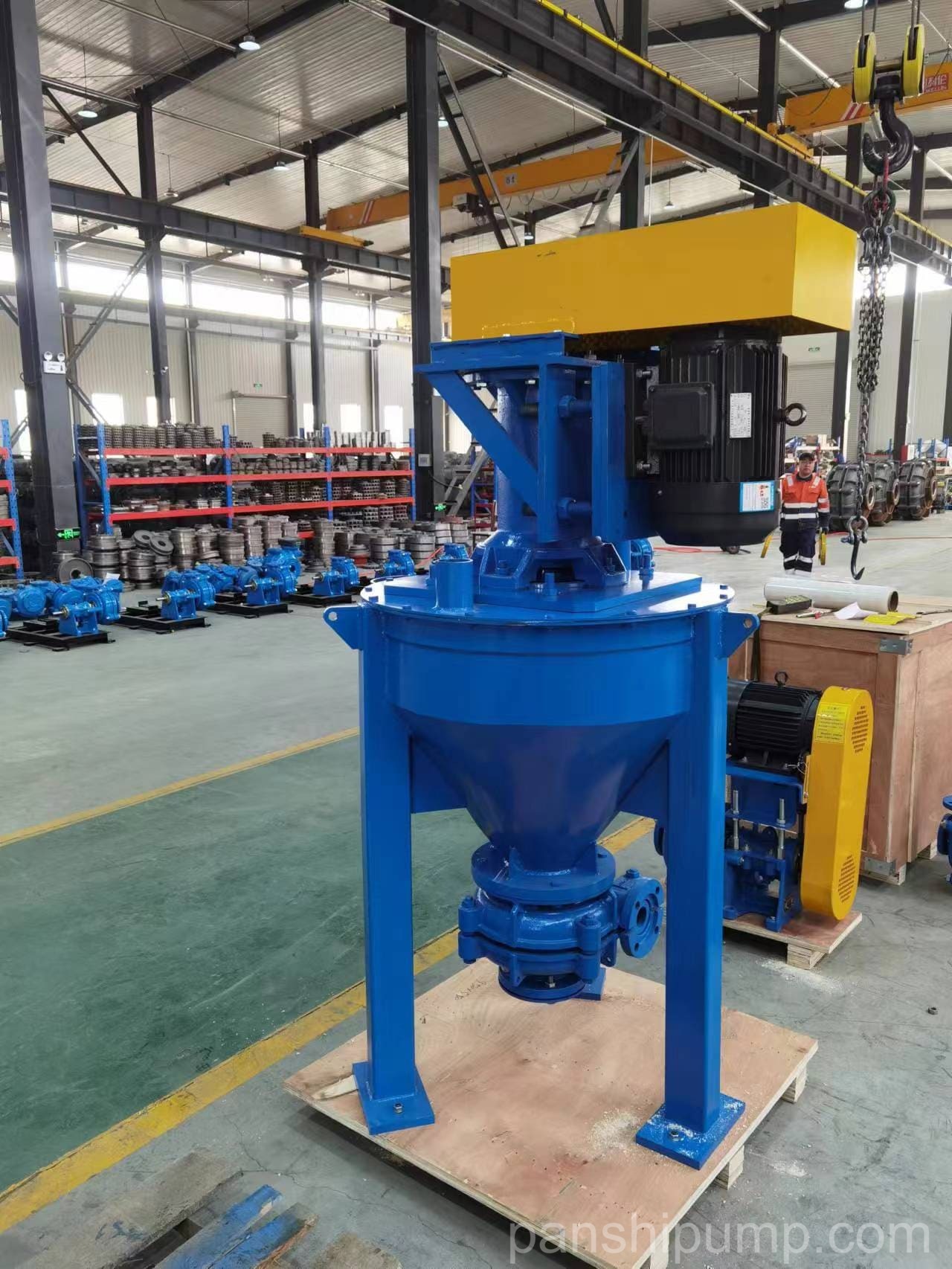
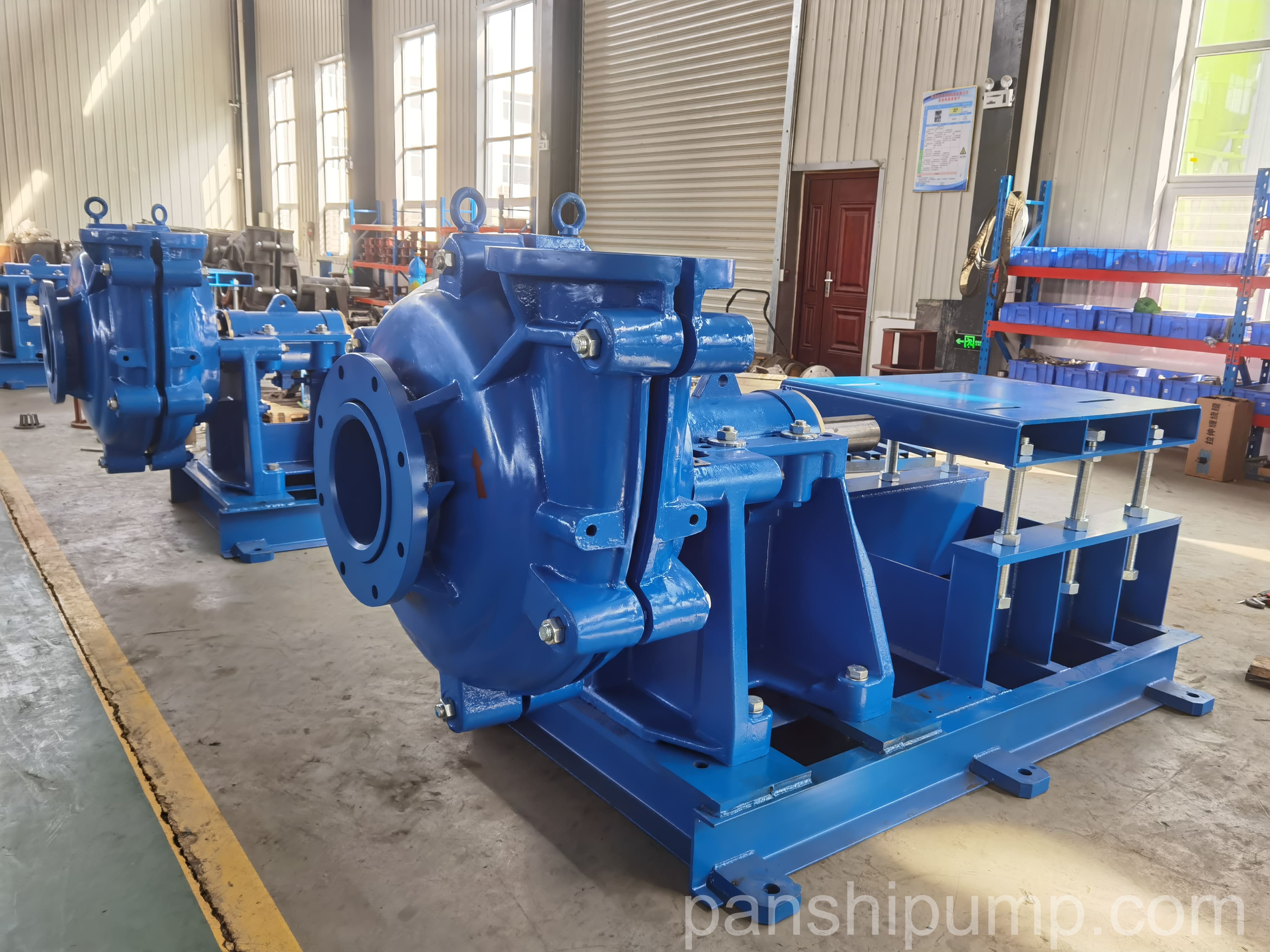
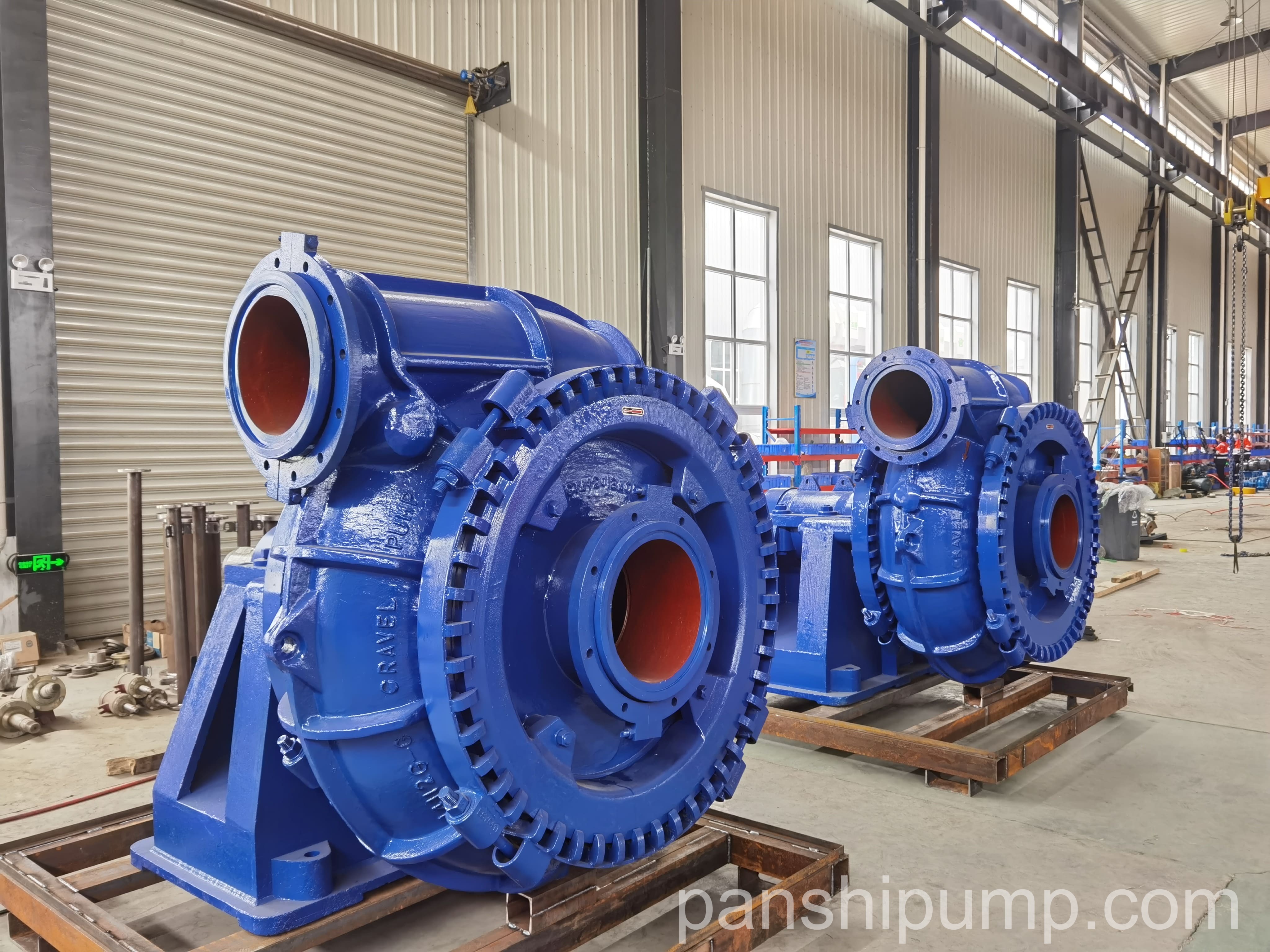
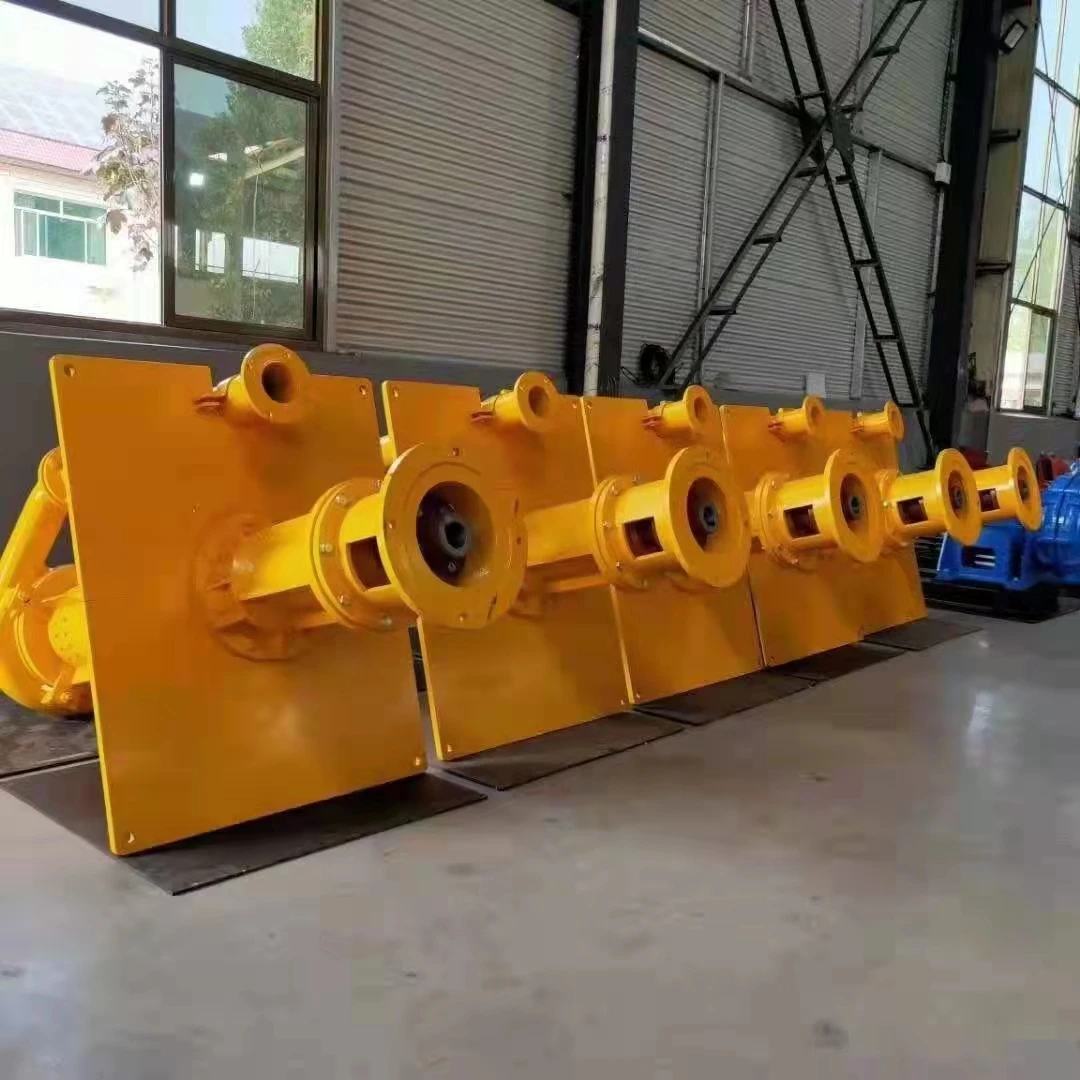
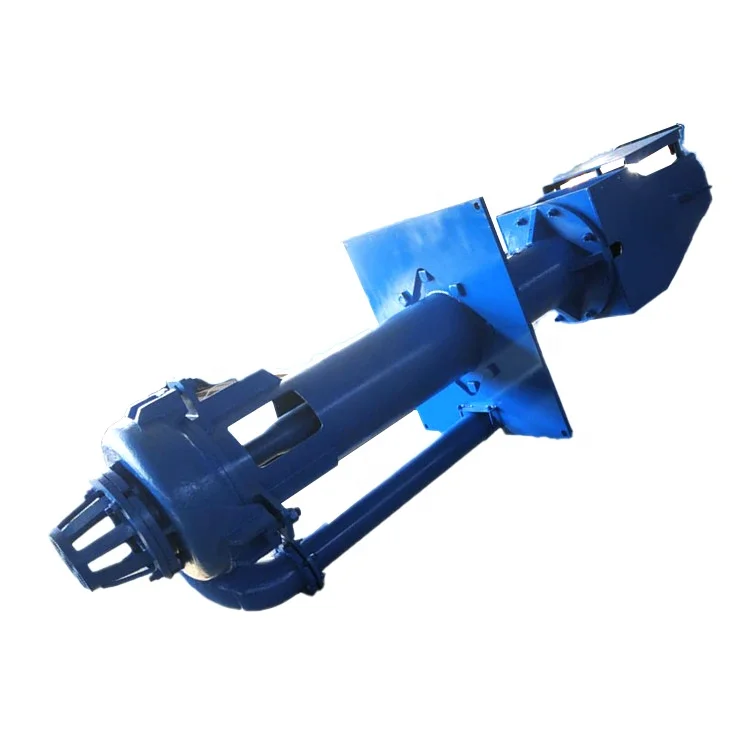
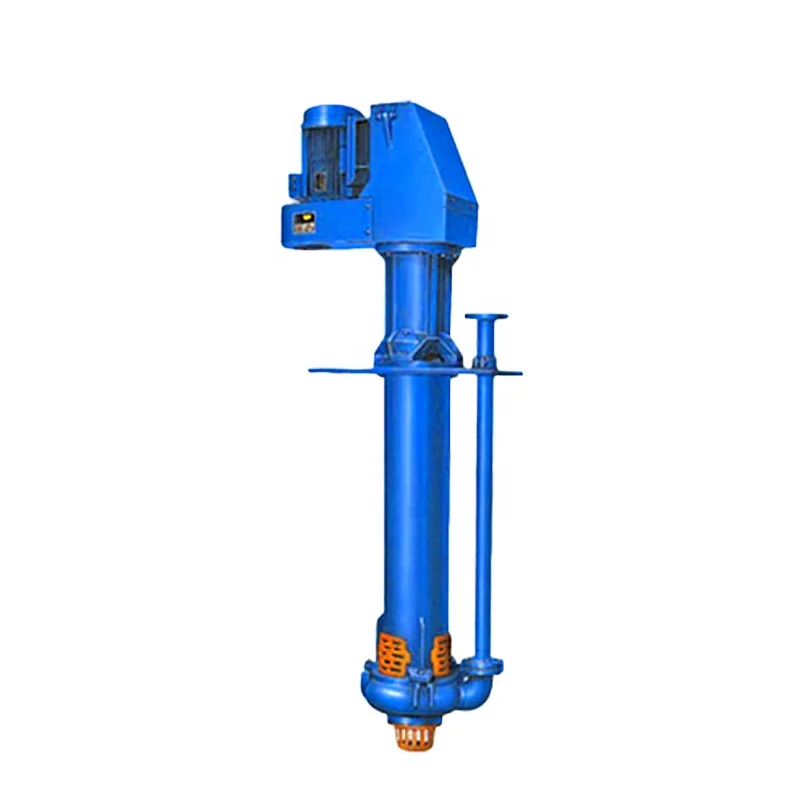
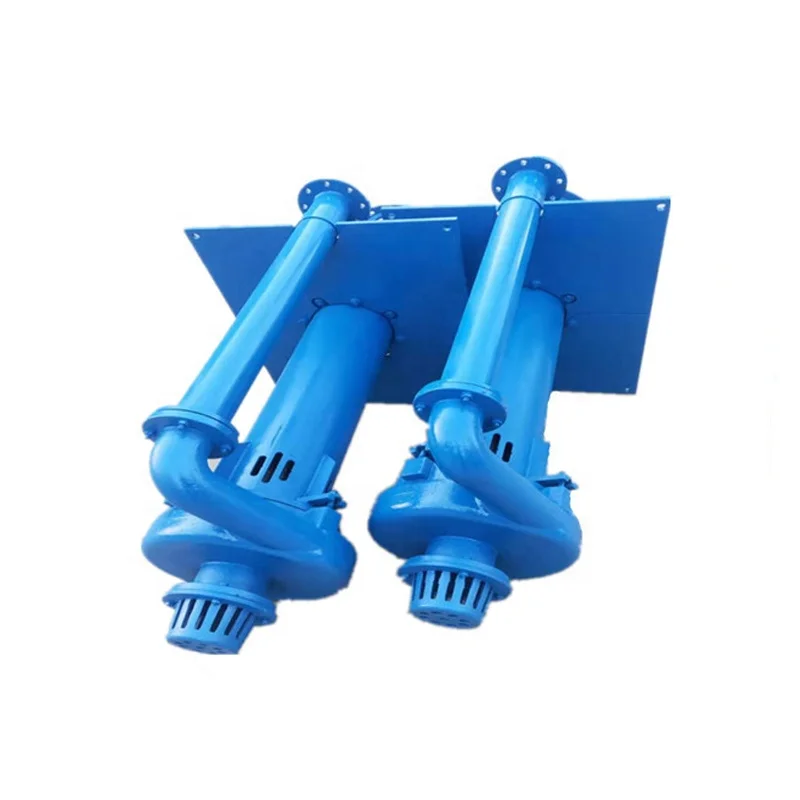
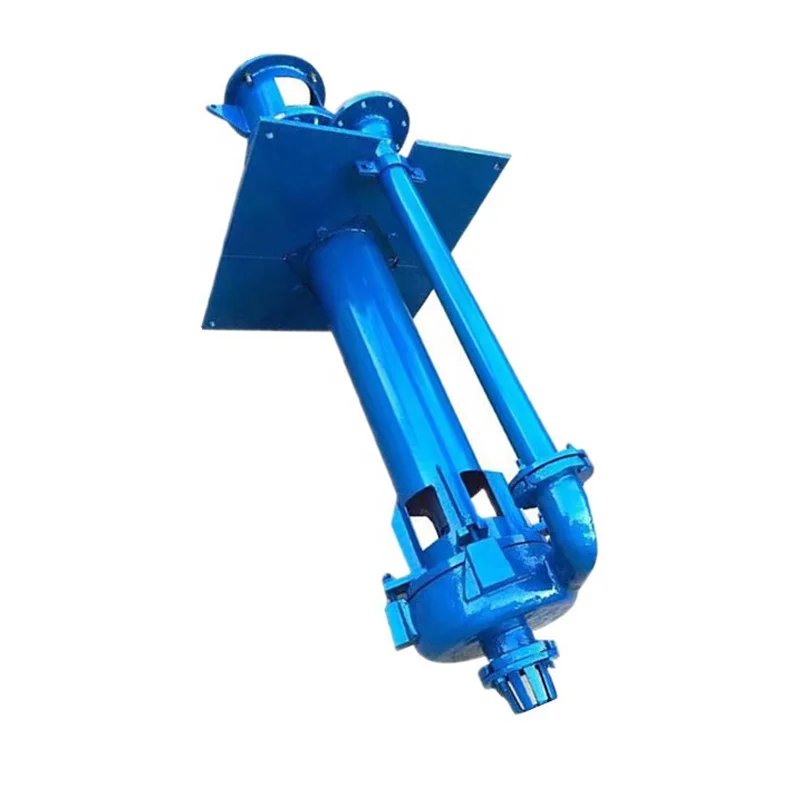
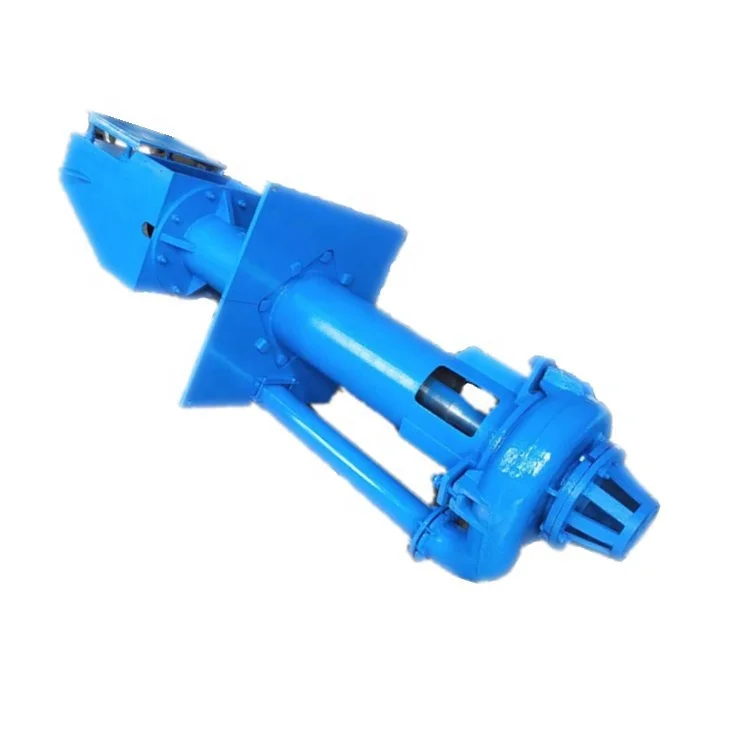
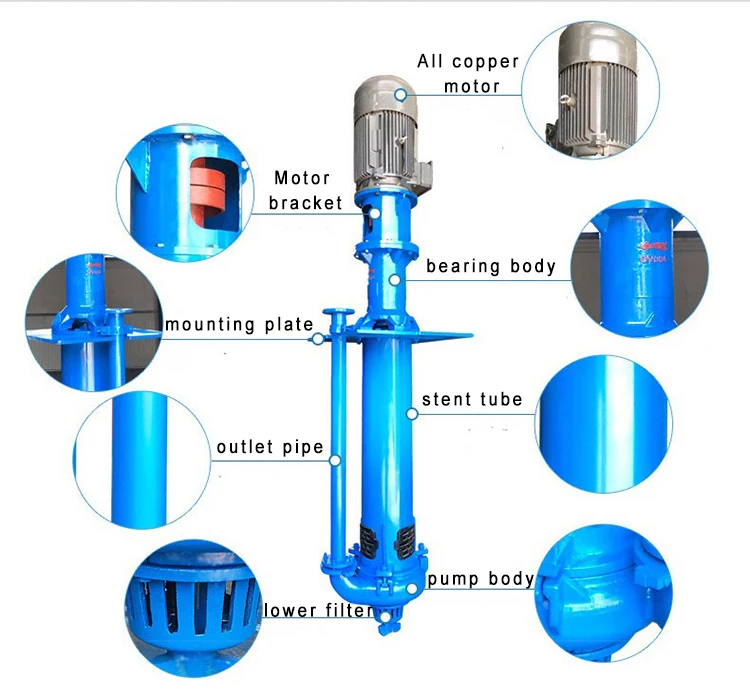
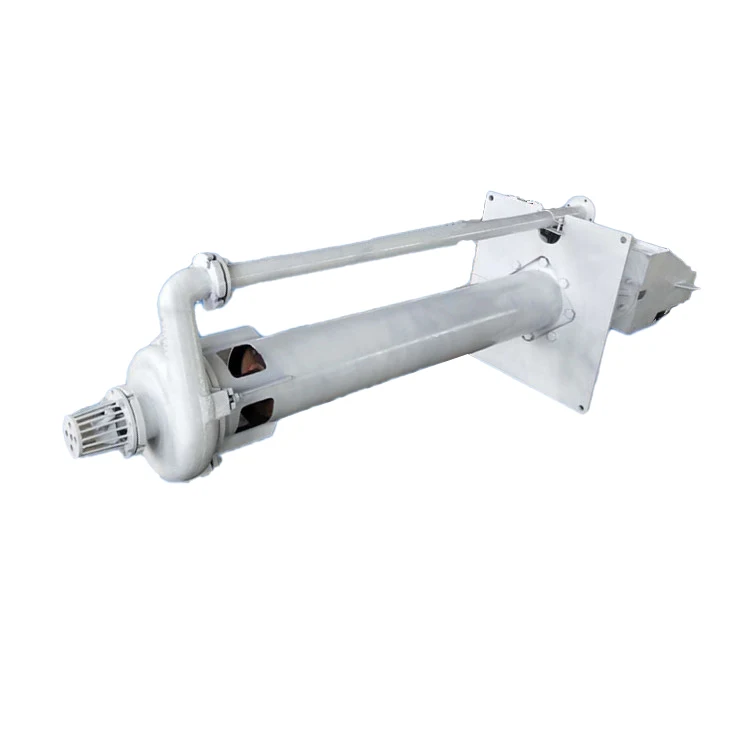
Please login to write a comment after